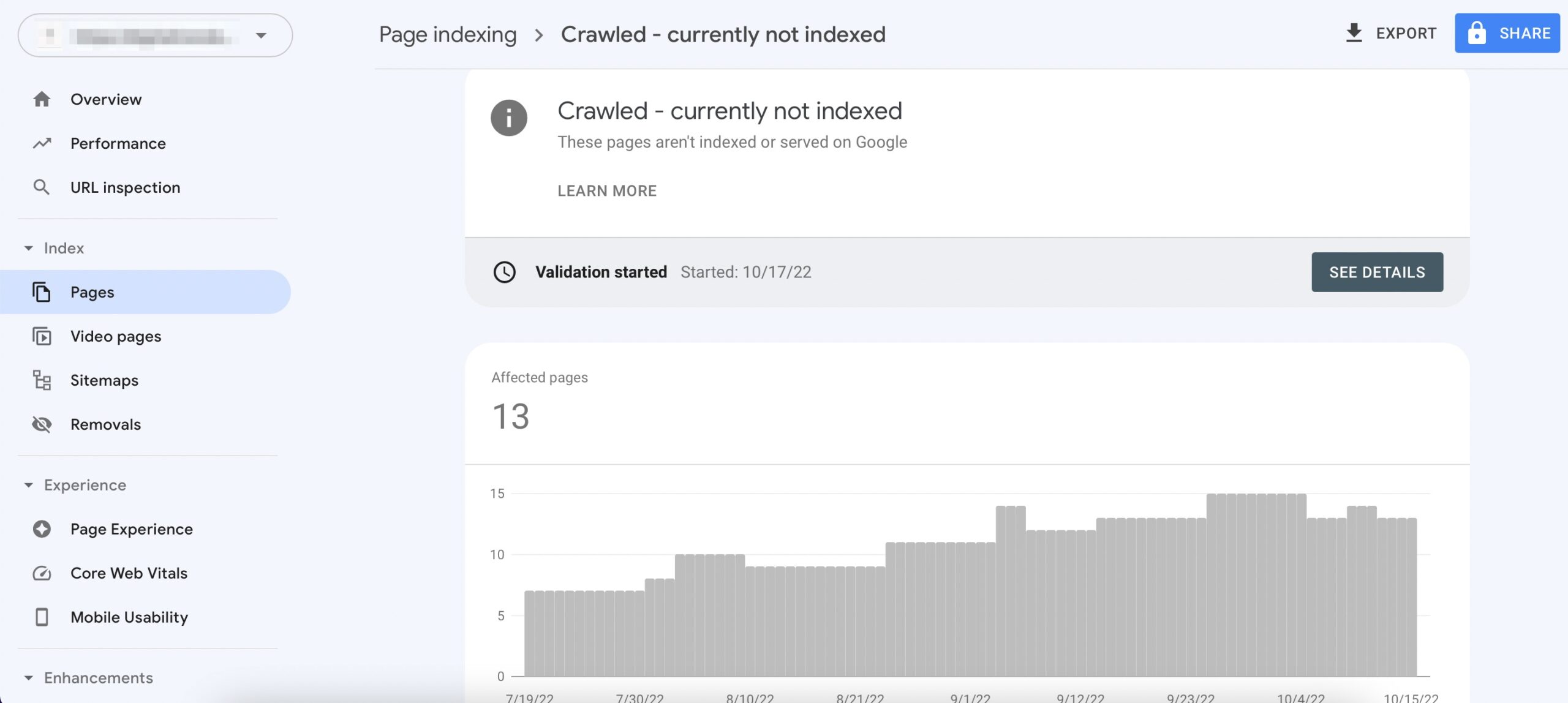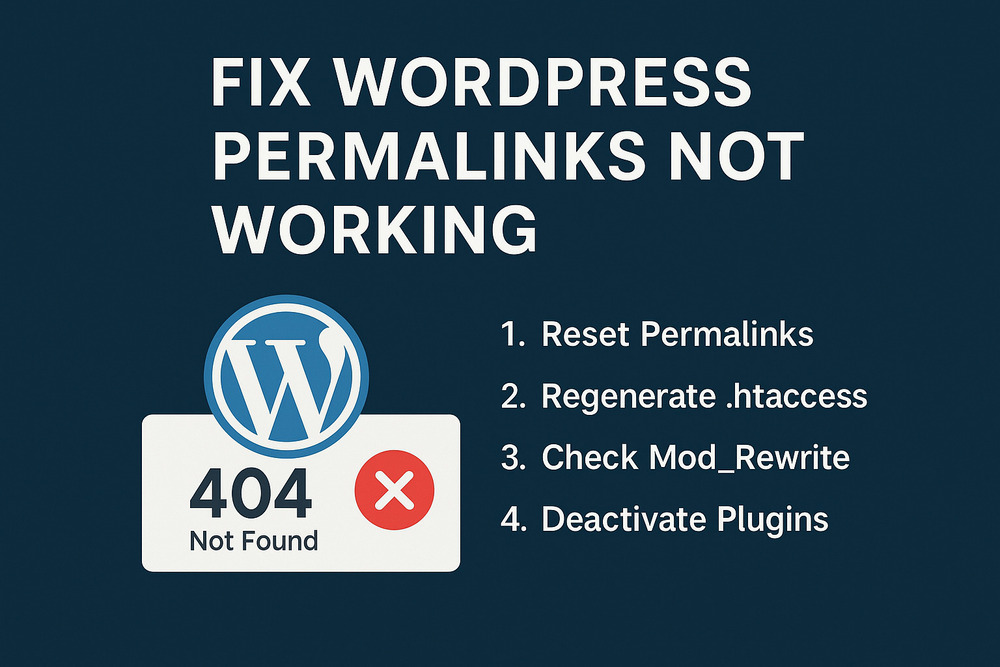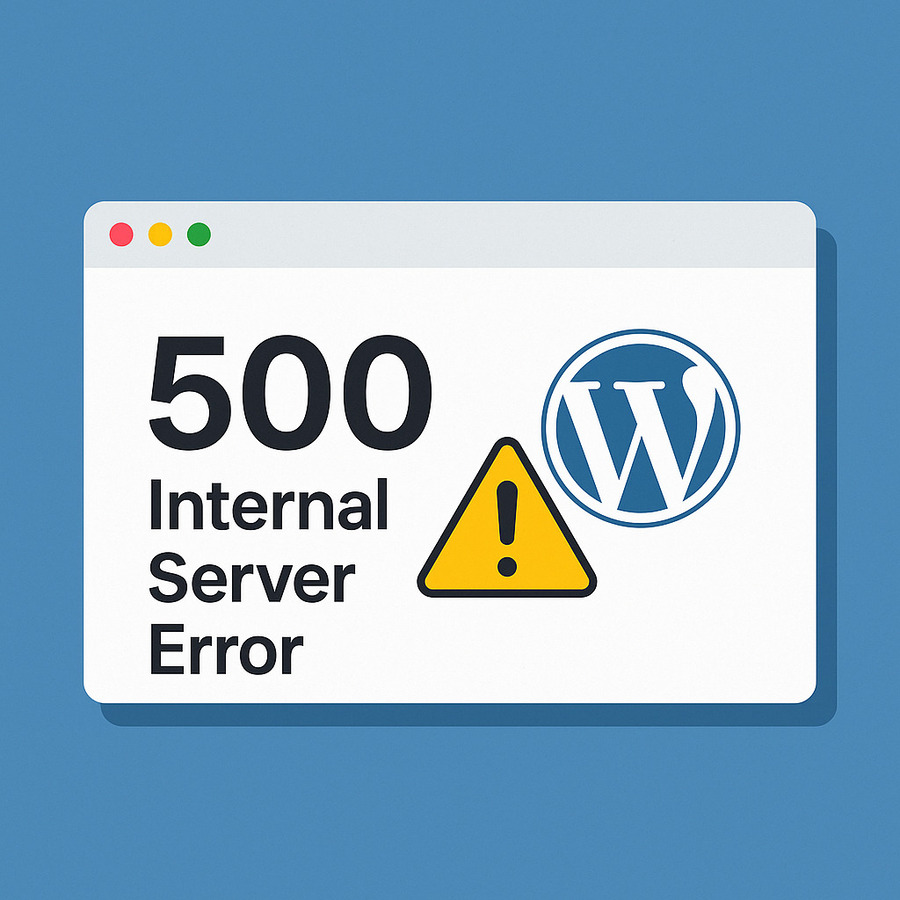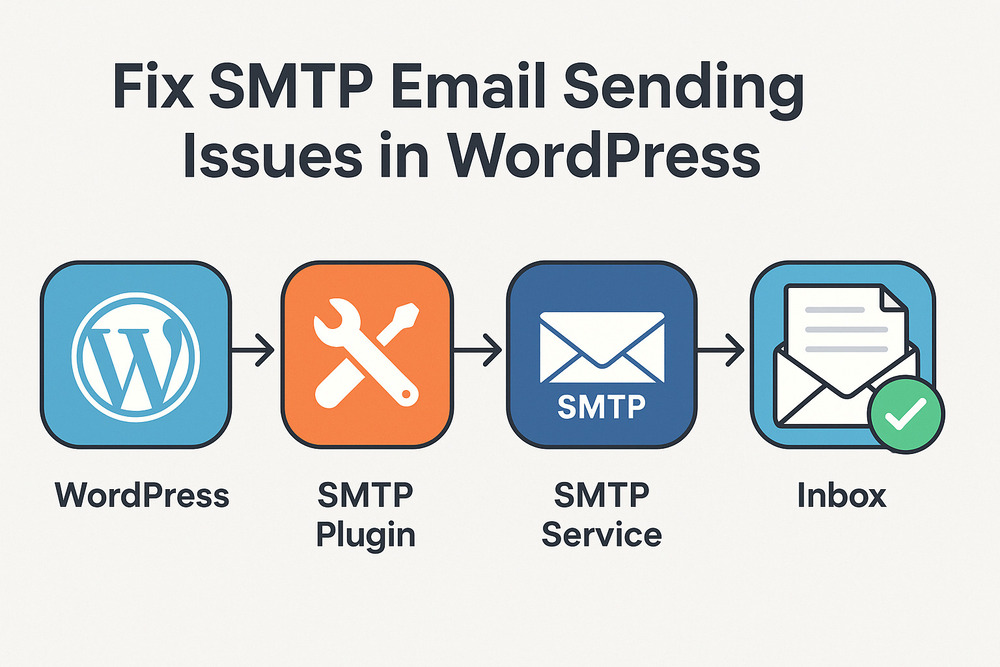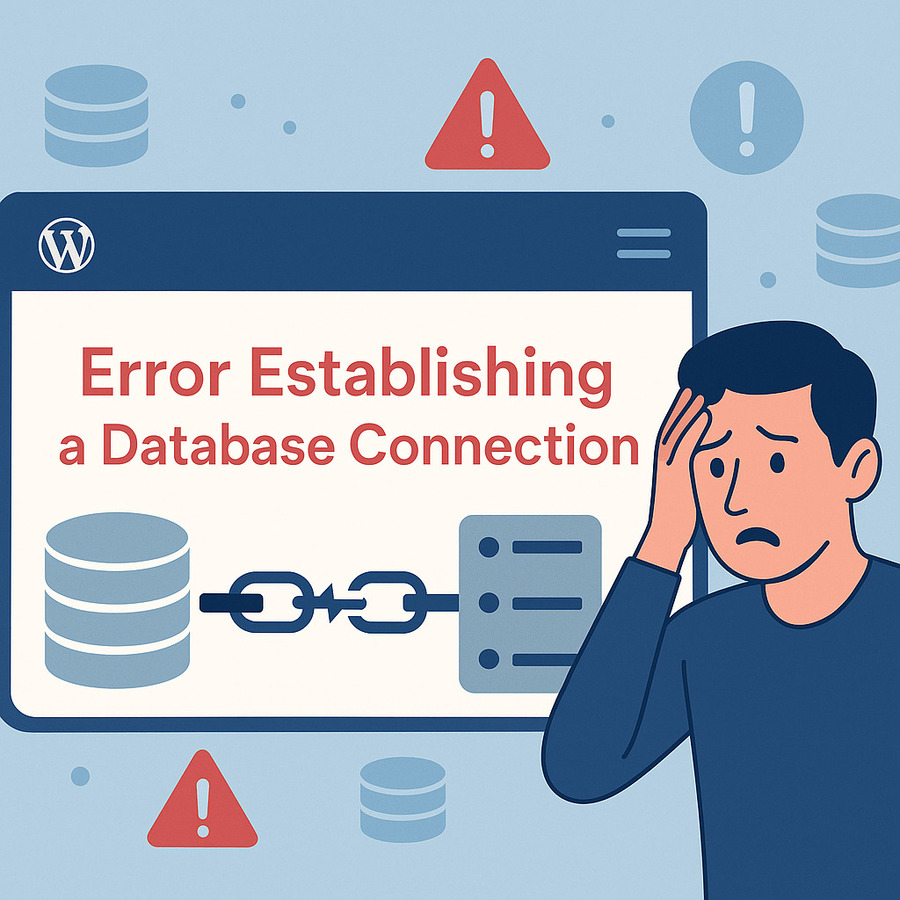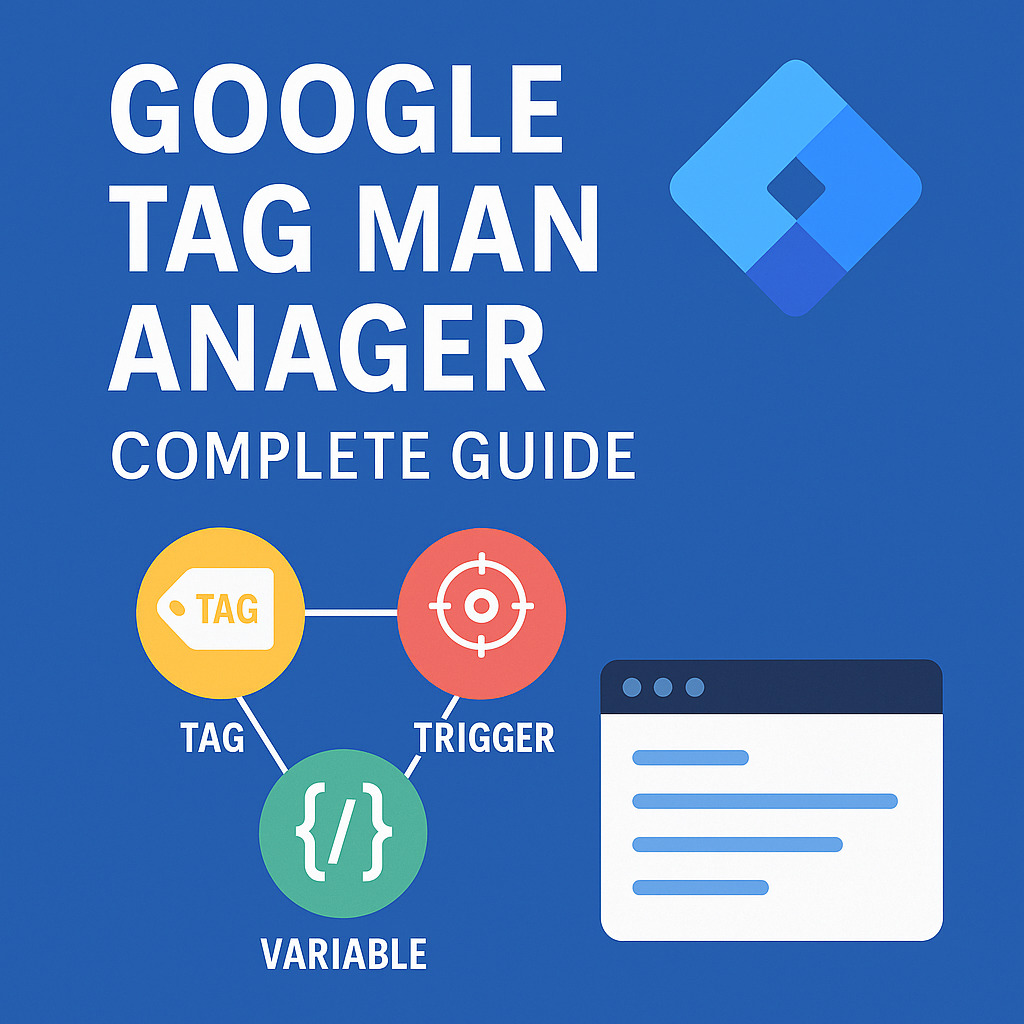How to Fix “Too Many Redirects” Error in WordPress (Full Guide)
What Is the “Too Many Redirects” Error?
The “Too Many Redirects” error happens when your website gets stuck in a loop of redirects and never reaches the final page. Your browser keeps getting sent from one URL to another again and again—until it finally gives up.
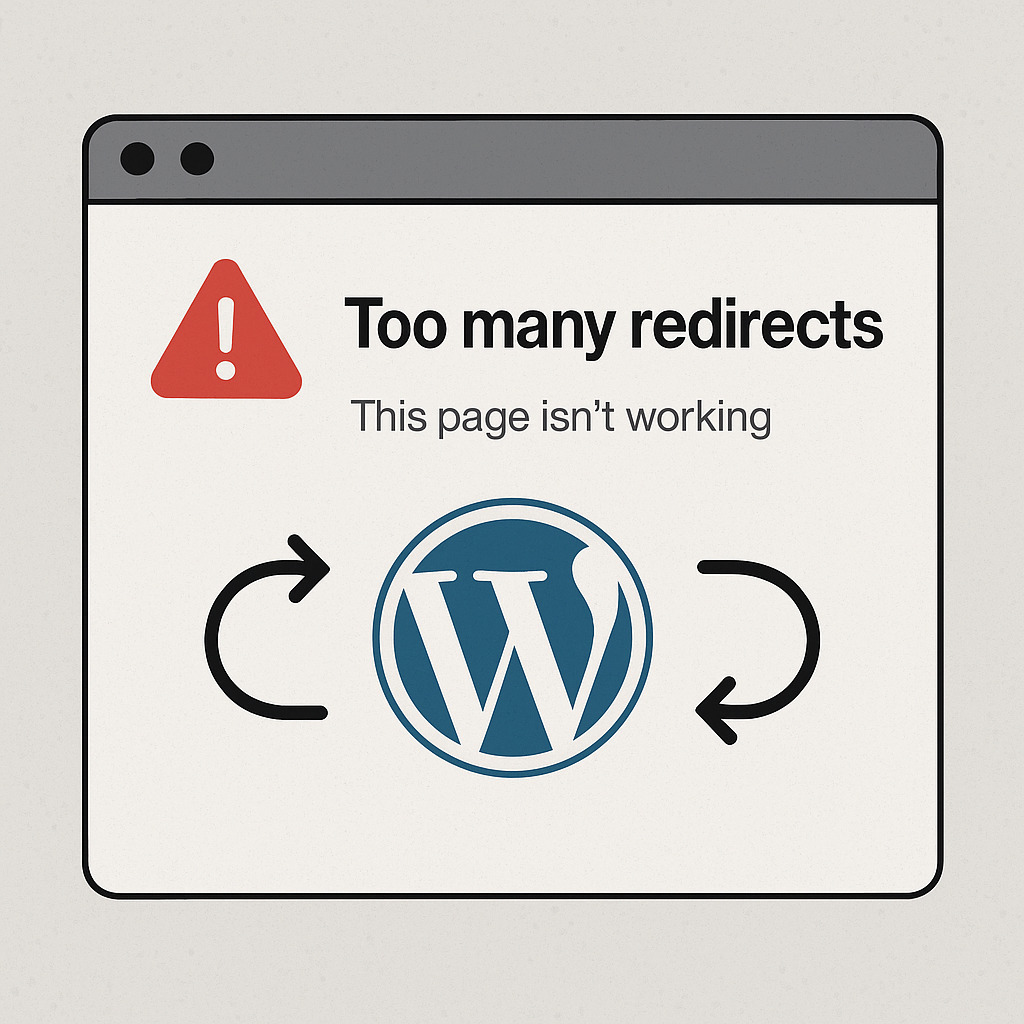
You may see error messages like:
- Google Chrome: ERR_TOO_MANY_REDIRECTS
- Firefox: “The page isn’t redirecting properly”
- Safari: “Too many redirects occurred”
What Is a Redirect?
A redirect tells the browser to automatically send users from one URL to another. It’s commonly used when:
- You switch from HTTP to HTTPS
- You change domain names
- You restructure your site
But when redirects point back and forth in a loop (like Page A → Page B → Page A → …), the browser detects the loop and stops loading the page.
Common Causes of Redirect Loops in WordPress
| Cause | Description |
|---|---|
| ⚠️ Incorrect Site URL | WordPress Address (URL) and Site Address (URL) are mismatched |
| 🔁 Redirect Plugin Issues | Plugins like Redirection or Really Simple SSL are misconfigured |
⚙️ Corrupt .htaccess File | Rewrite rules are conflicting or duplicated |
| 🔐 HTTPS Conflicts | SSL settings conflict between plugin, server, or CDN |
| ☁️ Cloudflare SSL | SSL mode set to Flexible (common cause) |
| 🔄 Site Migration | URLs in the database weren’t updated properly |
How to Fix “Too Many Redirects” in WordPress (Step-by-Step)
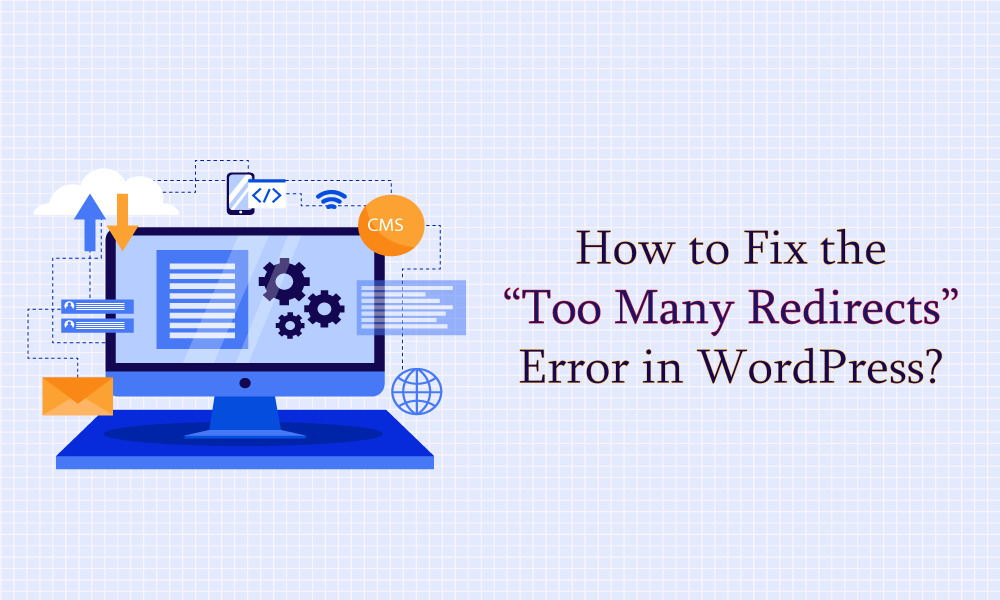
Follow these steps one by one. Check if your site works after each step.
1. Clear Your Browser Cookies and Cache
This is the first thing you should try. Sometimes, your browser stores outdated redirects.
Steps:
- In Chrome: Press Ctrl + Shift + Delete
- Choose Cookies and Cached images and files
- Clear data and reload the site
Also, clear your site cache (if using plugins like WP Rocket or LiteSpeed Cache).
2. Disable All WordPress Plugins Temporarily
Many redirect loops are caused by a plugin.
How to disable all plugins (without admin access):
- Connect via FTP or File Manager (in cPanel)
- Go to wp-content and rename the plugins folder to plugins-disabled
- Reload your site. If it works → One of the plugins is the issue.
- Rename the folder back and activate plugins one-by-one to find the culprit
Plugins known to cause redirect issues:
- Really Simple SSL
- Redirection
- RankMath or Yoast SEO
- Caching plugins
3. Check Your WordPress and Site URLs
Your site has two important settings:
- WordPress Address (URL) → Where your files live
- Site Address (URL) → What visitors see
They must match exactly (especially the https:// or http:// part).
Check in WordPress admin:
Go to Settings > General and check these fields.
Can’t access admin? Add this to wp-config.php:
define('WP_HOME', 'https://yourdomain.com');
define('WP_SITEURL', 'https://yourdomain.com');Code language: JavaScript (javascript)Replace with your real domain. Make sure both use https:// or both use http:// (don’t mix them).
4. Fix Your .htaccess File (Apache Only)
If you’re using Apache web server (common on shared hosting), your site uses a .htaccess file to manage URLs.
Steps:
- Connect via FTP/File Manager
- Find .htaccess in the root folder
- Rename it to .htaccess-backup
- Go to Settings > Permalinks in WordPress admin and click Save Changes to regenerate the default file
✅ Default WordPress .htaccess:
# BEGIN WordPress
<IfModule mod_rewrite.c>
RewriteEngine On
RewriteBase /
RewriteRule ^index\.php$ - [L]
RewriteCond %{REQUEST_FILENAME} !-f
RewriteCond %{REQUEST_FILENAME} !-d
RewriteRule . /index.php [L]
</IfModule>
# END WordPressCode language: HTML, XML (xml)5. Check HTTPS Redirect Rules
Using multiple SSL redirects (in your server + plugin + CDN) can cause loops.
If using .htaccess, check for HTTPS rules:
RewriteCond %{HTTPS} off
RewriteRule ^ https://%{HTTP_HOST}%{REQUEST_URI} [L,R=301]Code language: JavaScript (javascript)If you’re using Really Simple SSL, and your hosting already forces HTTPS, you may be doubling up on redirects.
Tip: Only one method should handle HTTPS redirection (server, plugin, or CDN—not all at once).
6. Fix Cloudflare SSL Mode (If You Use Cloudflare)
This is one of the most common causes of redirect loops.
Problem:
If Cloudflare is set to “Flexible” SSL but your server already has SSL enabled, Cloudflare thinks your site runs on HTTP and forces it to HTTPS, causing a loop.
Solution:
- Log in to Cloudflare dashboard
- Go to SSL/TLS > Overview
- Set SSL mode to Full (not Flexible)
You can also pause Cloudflare temporarily to test if it’s the problem.
3. Fix URLs Directly in Database (Advanced)
If your site still doesn’t load, it could be the site URL saved in the database.
Steps:
- Log into phpMyAdmin (via cPanel)
- Open your WordPress database
- Go to wp_options table
- Look for:
- siteurl
- home
- Make sure they’re the same and include the correct protocol (https:// or http://)
⚠️ Don’t mix http and https, or use www in one and not the other.
8. Handle Reverse Proxy or Load Balancer (Optional)
If your site is behind a reverse proxy (like Cloudflare or a load balancer), WordPress may not detect HTTPS correctly.
Add this snippet to your wp-config.php:
if (isset($_SERVER['HTTP_X_FORWARDED_PROTO']) && $_SERVER['HTTP_X_FORWARDED_PROTO'] === 'https') {
$_SERVER['HTTPS'] = 'on';
}Code language: PHP (php)This tells WordPress to treat the request as secure.
9. Temporarily Switch to a Default Theme
Themes can occasionally contain redirect logic (rare, but possible).
If you’re locked out of admin, change the active theme in the database:
- Go to wp_options
- Edit values of:
- template
- stylesheet
- Change both to twentytwentyfour (or any default WordPress theme)
How to Check Redirect Chains (Test Tools)
Use the terminal:
curl -IL https://yourdomain.comCode language: JavaScript (javascript)Or use online tools:
https://httpstatus.io
https://redirect-checker.orgCode language: JavaScript (javascript)These tools help you see where the redirect loop starts.
Tips to Prevent Redirect Loops in the Future
| Tip | Why It Helps |
|---|---|
| Use consistent URLs | Always use either https:// or http://, and stick with or without www |
| Avoid multiple redirect tools | Only one plugin or server rule should manage redirection |
| Check site URL after migration | Update database if you move domains or change to HTTPS |
| Don’t mix redirect rules | Don’t combine Cloudflare + Plugin + Server without understanding |
| Test changes | Use staging environments when possible |
Final Thoughts
The “Too Many Redirects” error in WordPress can be frustrating, but it’s almost always fixable with the right steps.
Most of the time, it comes down to:
- SSL misconfiguration (Cloudflare vs plugin vs server)
- URL mismatches
- Plugin conflicts
By going step-by-step through the guide above, you’ll not only fix the error but also prevent it from happening again in the future.

